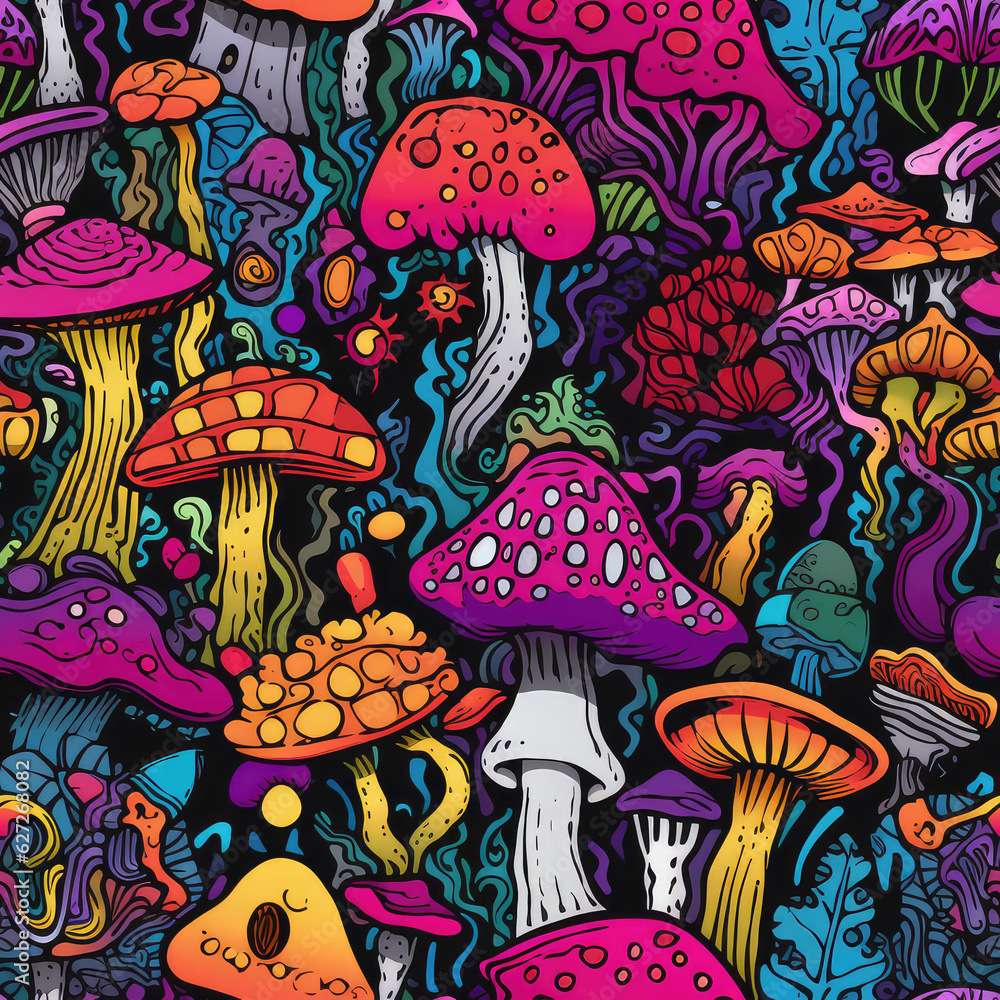Discover Key Information About Golden Psycho That’s Useful.
Discover Key Information About Golden Psycho That’s Useful.
Blog Article
All Regarding Psychotomimetic Substances: Their Duty in Psychological Research Study
Psychotomimetic compounds, such as LSD and psilocybin, have actually amassed increasing passion in mental research study for their capacity to duplicate psychotic signs and supply insight into various psychological health conditions. Their interactions within the mind, specifically with serotonin and dopamine pathways, suggest a complicated relationship in between consciousness and neurobiology that might open novel restorative opportunities. As researchers proceed to explore their potential applications, honest considerations surrounding their use in professional settings end up being vital, raising essential questions regarding safety and notified authorization that necessitate further expedition.
Interpretation of Psychotomimetic Compounds
In the realm of emotional research study, psychotomimetic compounds are compounds that can cause effects appearing like those of psychosis, such as hallucinations, misconceptions, and transformed understandings of truth - About Golden Psycho. These compounds can be categorized into different categories, consisting of hallucinogens, dissociatives, and certain energizers, each producing distinctive mental impacts
The pharmacological activity of psychotomimetic substances commonly involves inflection of natural chemical systems, particularly those relevant to serotonin, dopamine, and glutamate. Substances like lysergic acid diethylamide (LSD) primarily act on serotonin receptors, leading to profound alterations in sensory assumption and cognition.
The utility of psychotomimetics in research study lies in their capacity to simulate psychotic signs, offering a model for comprehending the hidden systems of psychotic disorders such as schizophrenia. By examining the effects of these substances, researchers can obtain understandings into the neurobiological and psychological processes that add to psychosis.
In addition, psychotomimetic compounds have actually been checked out for their healing potential in treating various mental health conditions, including clinical depression and anxiousness, highlighting their double function in both study and possible medical applications.
Historic Advancement and Context
The exploration of psychotomimetic substances has an abundant historic context that goes back to ancient worlds, where materials such as psilocybin mushrooms and peyote were made use of in spiritual and recovery techniques. These very early usages often linked with spiritual routines, suggesting a profound reverence for the altered states of consciousness induced by these substances.
The mid-20th century noted a substantial transition in the research of psychotomimetic substances, especially with the synthesis of LSD by Albert Hofmann in 1938. The succeeding popularization of LSD in the 1960s catalyzed a wave of passion in both its emotional effects and possible restorative applications. Researchers began to investigate just how these substances could resemble psychotic states, giving understandings into mental disorder.
Nevertheless, the raising association of psychotomimetics with counterculture movements caused regulative backlash, culminating in the criminalization of a lot of these compounds. Despite these challenges, the rebirth of rate of interest in the restorative capacity of psychedelics in the 21st century has triggered renewed research. This historical trajectory underscores the developing perception of psychotomimetic compounds, changing from sacred materials to subjects of clinical inquiry and, potentially, restorative promise.
Systems of Activity
Comprehending the systems of action of psychotomimetic substances reveals the intricate means these substances interact with the brain's neurochemistry. These compounds largely exert their effects through modulation of natural chemical systems, especially serotonin, dopamine, and glutamate. Several traditional psychedelics, such as psilocybin and LSD, primarily act as agonists at serotonin 5-HT2A receptors, leading to transformed understanding and cognition. This communication not just affects sensory processing however also improves psychological and introspective experiences.
Along with serotonin, dopaminergic pathways are significantly influenced by compounds like mescaline and certain cannabinoids, which can result in transformed states of awareness and changes in mood and motivation. you can try this out Furthermore, the NMDA receptor incongruity observed with compounds like ketamine highlights another pathway where psychotomimetics might generate dissociative states and extensive alterations in believed procedures.
The neurochemical cascades started by these interactions cause complicated and complex emotional results. Recognizing these mechanisms is essential for both the advancement of mental research and the therapeutic potential of psychotomimetic substances, as they provide insights right into the underlying neural correlates of altered states of consciousness.
Current Research Study and Applications
Recent examinations right into psychotomimetic substances have actually disclosed a renewal of passion in their healing applications, specifically in the areas of psychiatry and psychology. Scientists have started exploring substances such as psilocybin, LSD, and ayahuasca for their potential to relieve signs linked with different mental wellness conditions, including depression, stress and anxiety, and PTSD.
Medical tests have actually shown that, when provided in regulated environments, these substances can facilitate extensive emotional experiences, promoting emotional innovations and improved therapeutic end results. As an example, studies have actually revealed that see here psilocybin-assisted treatment can result in substantial reductions in treatment-resistant anxiety, with results lasting for a number of months post-treatment.
Moreover, psychotomimetic substances are being reviewed for their capacity to cultivate neuroplasticity, potentially permitting even more efficient rewiring of maladaptive idea patterns. These findings suggest that such compounds might act as adjuncts to traditional psychotherapeutic approaches, boosting the efficiency of therapeutic interventions.
As research study advances, the emphasis is shifting towards understanding the optimum dosages, therapeutic setups, and individual qualities that can make best use of the benefits of these substances. This burgeoning area holds pledge for changing mental health and wellness therapy paradigms and addressing the limitations of standard psychological drugs.
Moral Factors To Consider in Study

Navigating the moral landscape of research study including psychotomimetic compounds is vital to making sure individual security and the honesty of research outcomes. Researchers must prioritize educated consent, making sure that participants fully recognize the prospective dangers and advantages connected with the compounds being examined. This includes giving detailed info about feasible mental results, consisting of acute and lasting effects, and allowing participants the chance to withdraw from the research study at any time scot-free.
IRBs evaluate study methods to safeguard individual welfare and promote ethical requirements. Furthermore, the possibility for browbeating should be meticulously examined, especially when prone populations are included.
Privacy is one more extremely important consideration. Scientists must execute robust procedures to secure participants' identifications and data, particularly given the sensitive nature of experiences learn this here now connected with psychotomimetic substances (About Golden Psycho). Ultimately, a commitment to ethical practices not only promotes trust between researchers and participants but additionally boosts the trustworthiness and validity of the research study outcomes, contributing to the innovation of mental knowledge

Conclusion
In verdict, psychotomimetic substances, especially timeless psychedelics such as LSD and psilocybin, offer substantial insights into mental conditions via their special systems of action. Their restorative capacity in dealing with conditions like anxiety and PTSD emphasizes the relevance of continued research in this area. Guaranteeing ethical requirements in research practices is critical for participant safety and security and informed approval, enabling for a responsible expedition of these substances' advantages and implications within mental scientific research.
Report this page